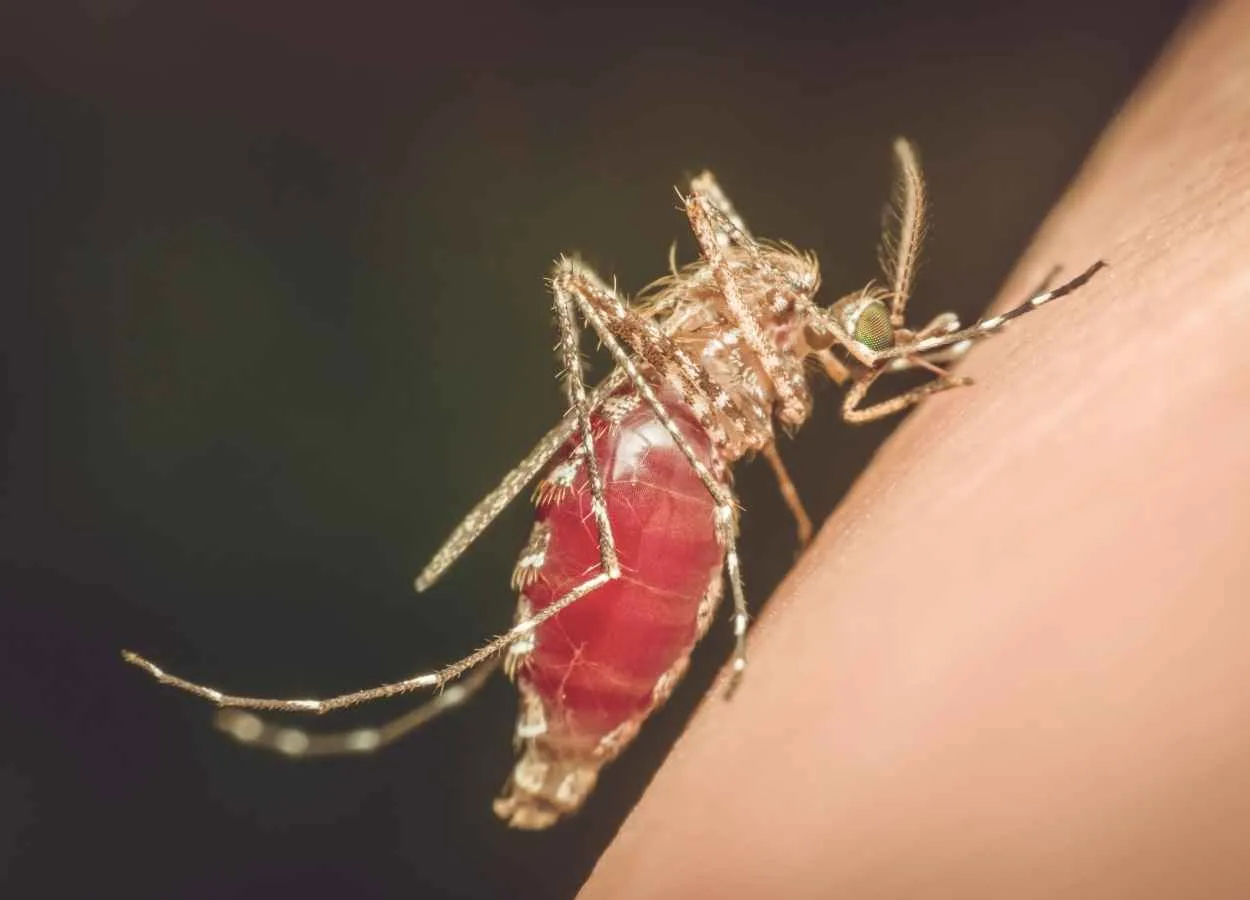ICMR-National Institute of Malaria Research scientists from India published an opinion in Lancet Regional Health Southeast Asia that India requires Artificial Intelligence (AI) based approaches into the current microscopy method for detection of Malaria.
Malaria is primarily diagnosed by rapid diagnostic test kits (RDT) and microscopy.
Microscopy is the most frequently used diagnostic test, since the inception of a structured malaria control program in India. Around 11 million blood smear examinations were carried out in India in 2021 using the microscopy method. However, the outcomes of microscopic diagnosis are time-consuming and depend on the quality of blood smear, staining, and fixation. A skilled microscopist, a good quality microscope, a stable supply chain, and access to power sources in remote places are major limitations, which necessitate the need for training, expertise, and well-organized workflows.
While RDT is another versatile tool used for diagnosis in malaria-endemic areas where microscopy is not feasible. However, the currently used histidine-rich protein-2 (HRP-2) as a diagnostic target has shown deletion in the Plasmodium falciparum parasite3 and longer persistence of HRP-2 in the blood after successful treatment affects the RDT performance.
Scientists suggest that the above limitations entail the necessity of developing AI-based microscopic approaches by formulating and using locally annotated databases of malaria parasite images.
Deep learning models such as fully connected neural networks, convolutional neural networks, convolutional encoder-decoder, U-Nets, and generative adversarial networks are primarily focused on three key areas: image segmentation, image enhancement, and particle tracking. All these have shown extraordinary performance and are widely applied in microscopic image analysis due to their high speed, accuracy, flexibility, and low cost.
World Health Organization (WHO) has recommended a regional malaria slide bank (national reference slide sets) but it is difficult for a majority of countries to develop their slide bank due to a lack of funding and limited access to positive blood samples.
US based Global Health Labs developed an AI-powered microscope which has already proven that it can detect malaria parasites effectively enough to meet WHO microscopy standards. Integrating AI-based approaches to develop a malaria slide bank would be helpful even in the post-elimination period.
NIMR Scientists further suggests that anti-malarial drug resistance monitoring uses highly reliable microscopy to determine how quickly malaria drugs have reduced the number of parasites in the blood. Machine learning could improve endemic area accuracy and consistency, allowing countries to implement monitoring more effectively.
The implementation of AI-based microscopy requires continuous surveillance and supervision to avoid gaps in AI-building blocks, infrastructure in rural India, and disruption in physician–patient relationships. Over the next decade, investments in artificial intelligence-based microscopy approaches will help to improve diagnostic sensitivity and accuracy, which is the prerequisite for malaria elimination.








